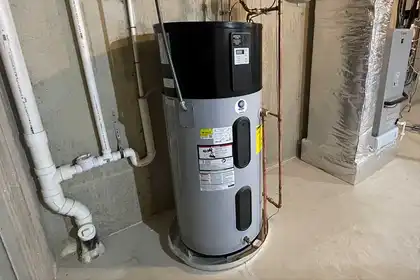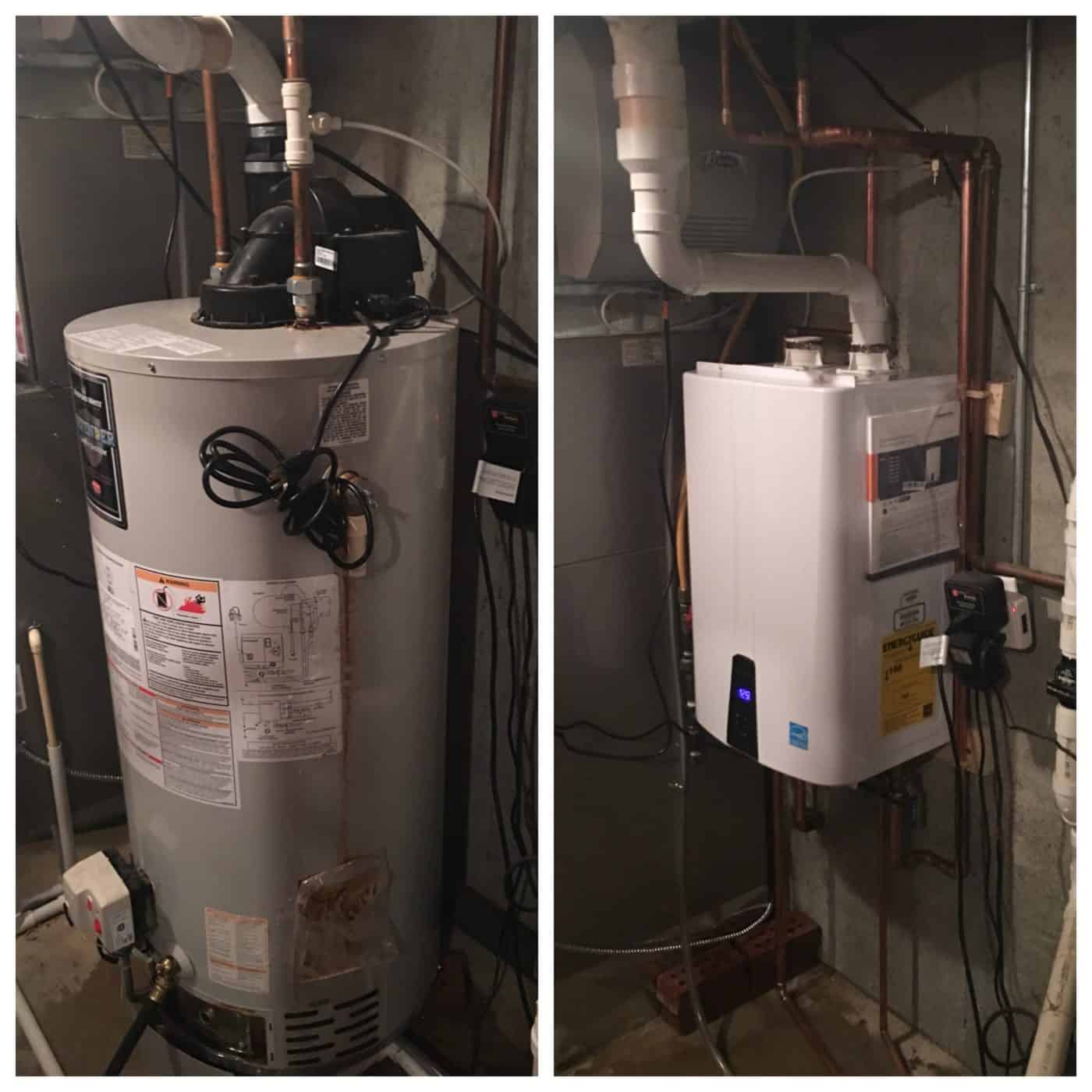Water heater installation in Brea made easy with certified technicians
Water heater installation in Brea made easy with certified technicians
Blog Article
Do It Yourself Hot Water Heater Installment: Vital Actions for Success
When considering a DIY hot water heater installation, it is vital to come close to the task with a methodical state of mind, as the procedure entails a number of vital actions that can considerably impact both safety and security and effectiveness. Selecting the appropriate water heating system for your particular needs is just the beginning; preparing the installation location and understanding the required devices and materials are similarly essential. As we explore the methodical approach to setup, it comes to be apparent that ignoring any kind of information could cause difficulties down the line. Are you prepared to navigate the intricacies of this home improvement task?
Picking the Right Water Heating System
When choosing a hot water heater, it is vital to think about a number of essential factors to ensure optimal efficiency and performance - water heater installation Brea. To start with, assess the type of hot water heater that best fits your requirements. Choices include tankless, tank, and warm pump hot water heater, each offering distinct advantages in regards to energy effectiveness and space demands
Next, examine the capability required for your house. A larger household might require an unit with a better gallon capability or a tankless system that can supply continual hot water. It's additionally vital to consider the power resource; common alternatives consist of electric, natural gas, and propane. Each energy type has ramifications for installation prices and lasting power costs.
Power performance is an additional crucial element. By very carefully evaluating these aspects, you can pick a water heating system that lines up with your household's particular demands, making sure convenience and performance for years to come.
Devices and Products Needed
Effectively setting up a water heating system needs not just the appropriate choice of device but additionally the appropriate devices and products. Before embarking on your DIY job, ensure you have a thorough listing of items to help with a smooth setup process.
Necessary devices include a pipeline wrench, flexible pliers, and a screwdriver collection (both flathead and Phillips), which will help you manage various installations and links. In addition, a drill with ideal little bits is essential for installing brackets or making any kind of needed openings. For safety, a voltage tester is crucial, specifically when handling electric hot water heater.
You will certainly also require an adaptable water supply line, which can be either braided stainless steel or PVC, depending on your choices and neighborhood codes. By gathering these tools and materials ahead of time, you established the stage for a successful water heating unit installment.
Planning For Installation
Before starting the installment of your water heater, it is critical to examine the setup site to guarantee it satisfies all essential requirements. Start by confirming that the location is well-ventilated, particularly for gas hot water heater, to stop the buildup of hazardous gases. Inspect for the accessibility of essential connections, consisting of water supply lines and electric outlets, ensuring they are in excellent problem and properly located.

This proactive strategy not only guarantees conformity with regional building codes yet additionally enhances the durability and performance of the water heating system. Proper prep work establishes the phase for a smooth installation procedure and helps protect against unanticipated problems.
Step-by-Step Installment Refine
With the prep work complete and all needed evaluations conducted, the following phase includes the detailed installation of your water heating system. For tank-type water heaters, link the chilly water supply line to the inlet, usually noted in blue, and the warm water line to the electrical outlet, usually assigned in red.
Following, secure the temperature level and stress relief valve, which is essential for security. Connect the discharge pipeline to this valve, directing it towards the flooring or an ideal drainage area. For electric models, attach the power supply by removing the cords and safeguarding them to the heating system's terminals according to the producer's guidelines.
If you are installing a gas water heating system, make certain the gas line is linked correctly and examine for leakages using a soap remedy. Connections are made, load the tank with water before turning on the power or gas supply. Permit the water heating unit to reach the desired temperature and check for any kind of leaks around all connections.
Ensuring Security and Effectiveness
Frequently making sure safety and performance throughout the setup and operation of your hot water heater is critical for optimum performance and long life. Begin by picking an ideal location that conforms with neighborhood building ordinance and offers appropriate ventilation. Guarantee that the area is devoid of flammable products and has enough room for upkeep and evaluations.

After installment, conduct normal checks on the device to identify leakages, deterioration, or unusual noises. Set the thermostat to a secure temperature level, usually around 120 ° F, to stop hot and boost power efficiency. Insulate pipelines to lower warmth loss, which adds to reduce energy bills.
Final Thought
To conclude, successful do it yourself water heating unit installation depends upon mindful planning and implementation. Selecting the ideal water heating unit, preparing the setup area, and following a methodical setup procedure are essential steps. Complying with safety and security guidelines throughout the setup ensures both safety and effectiveness. In addition, normal maintenance checks post-installation will contribute to the ideal performance of the water heating system, ultimately enhancing the durability and efficiency of the system. Effectively establishing the thermostat further ensures secure procedure.
When thinking about a DIY water heating system setup, it is essential to approach the task with a systematic frame of mind, as the procedure includes a number of important actions that can substantially Homepage influence both security and performance.Prior to starting the installment of your water heating unit, it is critical to assess the setup website to ensure it fulfills all essential needs. For tank-type water heating systems, link the chilly water supply line to the inlet, usually noted in blue, and the warm water line to the electrical outlet, usually assigned in red.Frequently making sure safety and security and performance during the setup and operation of your water heating unit is critical for ideal performance and long life. Choosing the suitable water Read Full Article heating system, preparing the setup area, and complying with a methodical setup procedure are essential steps.
Report this page